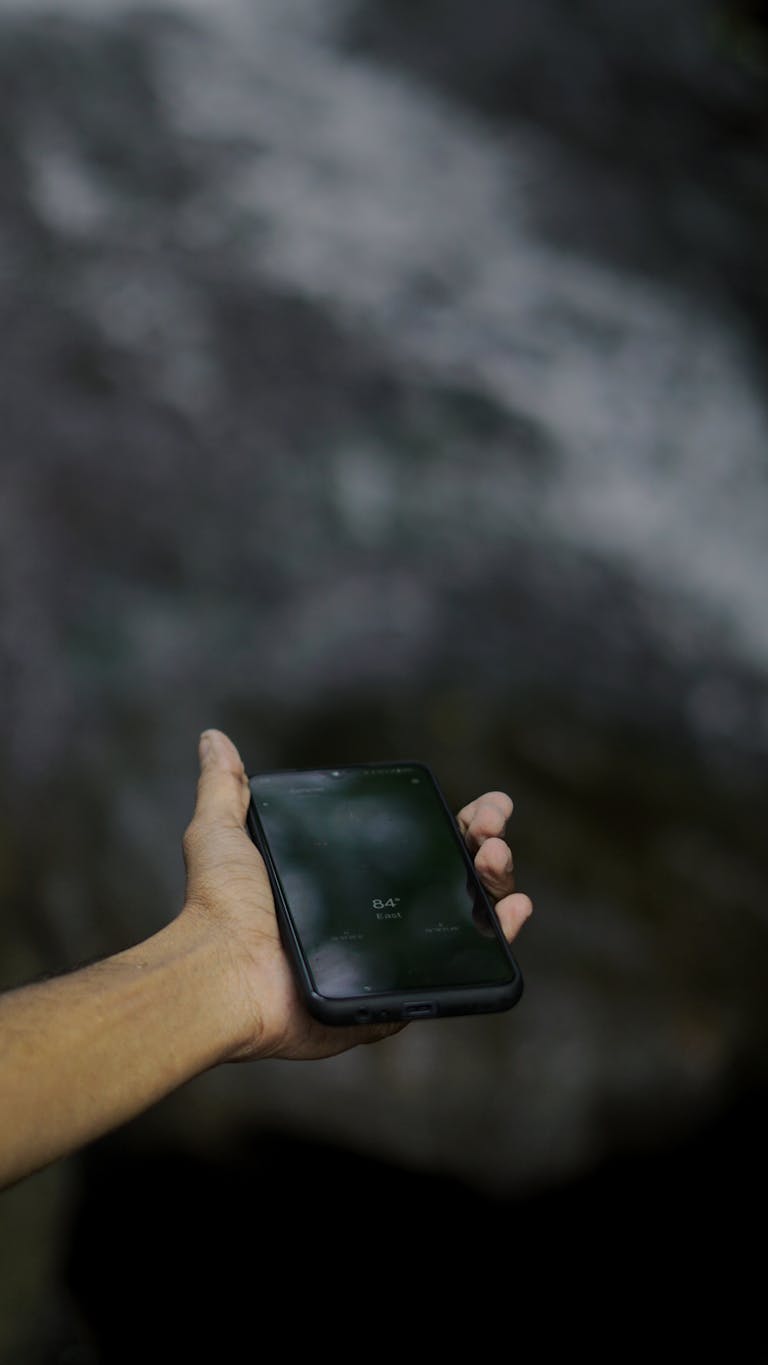We live in a world where screens dominate our time, energy, and attention. From work emails to social media feeds, digital overload can take a toll on our mental clarity and emotional health. Enter the concept of a digital detox—a purposeful break from screens to restore balance.
But many people hesitate to unplug, fearing they’ll miss something important or lose connection with others. The good news? You don’t need to go “off-grid” to do a successful digital detox. With the right approach, you can recharge digitally while staying connected to what truly matters.

1. Understand What a Digital Detox Really Means
A digital detox doesn’t mean abandoning technology entirely. It means using tech mindfully and intentionally.
It’s about:
- Reducing unnecessary screen time
- Reclaiming mental space
- Prioritizing real-life experiences over digital ones
The goal isn’t disconnection—it’s reconnection with yourself, your surroundings, and your values.
2. Set Clear Detox Goals
Start by asking yourself: Why am I doing this digital detox? Common reasons include:
- Reducing anxiety or stress
- Improving sleep quality
- Spending more time with loved ones
- Boosting productivity or creativity
Once your intention is clear, you can build a detox strategy that’s right for your lifestyle.
3. Choose a Realistic Time Frame
You don’t need to disappear for a month. Start with manageable time frames:
- A 24-hour break from social media
- No screen time after 8 PM for one week
- A “phone-free Sunday” every weekend
Ease into the process with short detoxes and gradually expand them if needed.
4. Inform Others and Set Expectations
If your digital presence is expected—such as for work or family communication—let others know you’ll be less responsive during your detox period.
Set clear boundaries, such as:
- “I won’t check emails after 6 PM”
- “I’ll only respond to urgent texts this weekend”
This helps others respect your effort and prevents misunderstandings.
5. Replace Screen Time With Meaningful Activities
To avoid feeling bored or anxious during your detox, fill your time with intentional, offline alternatives:
- Go for a walk or hike
- Read a physical book
- Journal or sketch
- Cook a new recipe
- Catch up with a friend in person
Doing these things reinforces the benefits of unplugging.
6. Use Tech to Support Your Detox
Ironically, technology can help you unplug—if used wisely.
- Use Focus Mode or App Limiters on your phone
- Try apps like Forest, which reward you for staying off your phone
- Schedule auto-responders for your emails
These tools help reduce temptation and support your commitment.
7. Reflect on the Impact
At the end of your detox period, reflect on:
- How you felt without constant screen exposure
- What you gained (e.g., better sleep, less stress, more creativity)
- What habits you want to keep long-term
Journaling your experience can provide insights and motivation for future detoxes.
Q: How long should a digital detox last?
A: It can range from a few hours to a few days, depending on your goals and lifestyle. Start small and adjust based on how you feel.
Q: Can I detox digitally while working in a tech-heavy job?
A: Yes. Focus on non-working hours—like evenings and weekends—and reduce screen time on social media or entertainment platforms.
Q: What if I feel disconnected from friends during my detox?
A: Let friends know in advance and suggest phone-free hangouts or calls instead. Detoxing doesn’t mean cutting people out—it means connecting more intentionally.
Try a Digital Detox This Weekend!
Reclaim your peace of mind and rediscover the joy of living offline. Start with just one day, and notice how clarity, calm, and connection return. Your mind—and your life—will thank you.

I’m EKBAL HOSSAIN MONDAL, the creator of SmartSolveTips.com — a blog dedicated to helping people improve productivity, avoid digital burnout, and live better online. With years of hands-on experience in self-development and digital wellness, I write practical tips and tools to help you stay focused and thrive in a fast-paced digital world.






